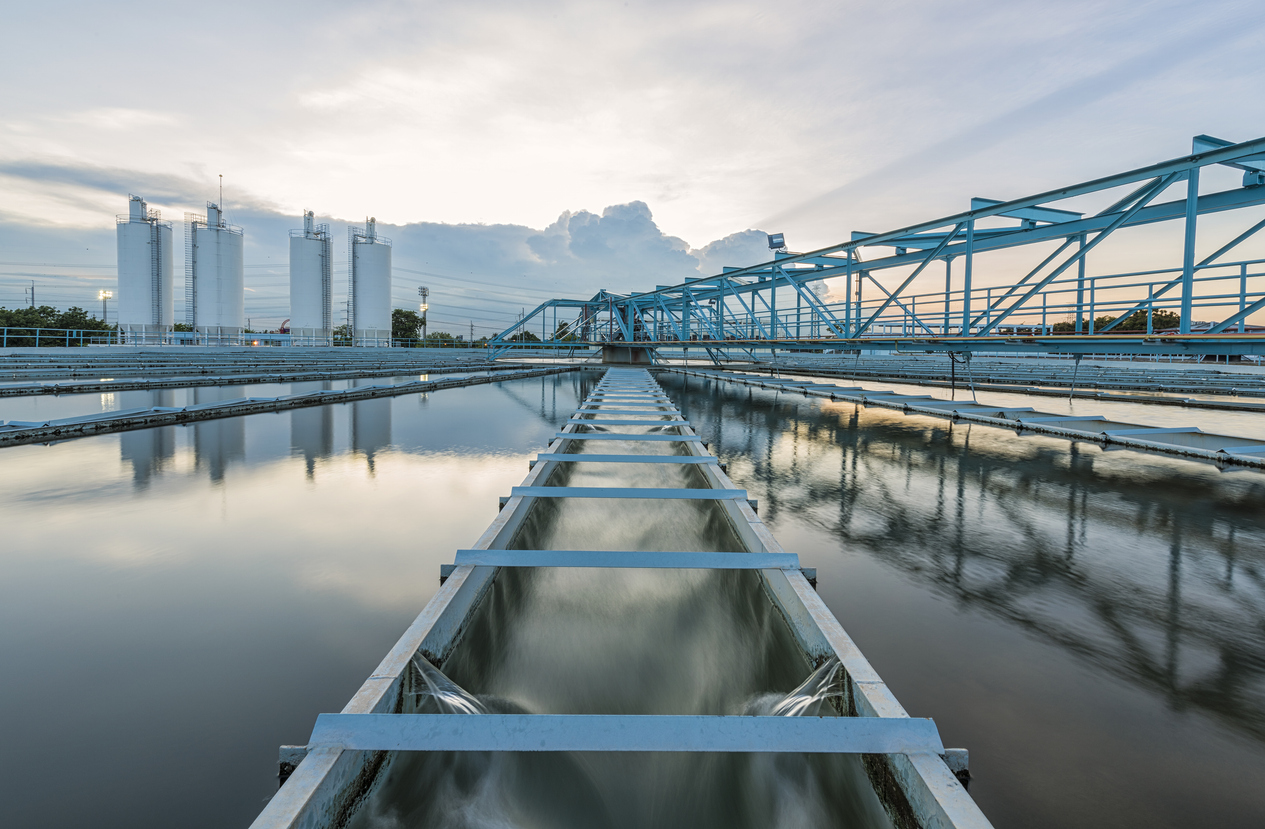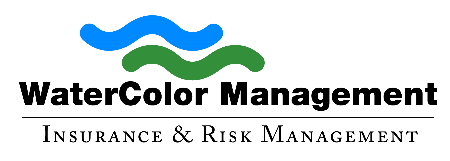
Water treatment facilities face rising liability insurance premiums, with some reporting significant increases in recent years. Insurance premiums play a pivotal role in these facilities’ financial health, directly impacting their operational budgets and risk management strategies.
Careful consideration of liability insurance premiums allows water treatment businesses to safeguard against potential risks while optimizing their financial resources. With this knowledge, insurance agents can provide tailored advice, helping clients navigate the complexities of insurance coverage in the water treatment industry.
Factors Influencing Liability Insurance Premiums
Several key factors influence insurance premiums for water treatment facilities. Insurance agents should carefully consider these factors when advising their clients.
Risk Assessment
Insurance companies assess the particular risks linked to water treatment activities. They consider potential contamination incidents, equipment failures, and environmental damage.
Higher perceived risks lead to higher premiums. Detailed risk assessments help in understanding and mitigating these factors.
Claim History
A company’s claim history is critical in shaping its insurance premiums. Companies with frequent or severe claims face higher premiums.
Common claims in the water treatment industry include pollution incidents, equipment breakdowns, and employee injuries. When companies keep a clean claim history, it can result in more favorable rates.
Operational Scale
The scale and scope of operations significantly impact insurance costs. Insurance premiums vary considerably between small, medium, and large water treatment facilities.
Larger facilities typically face higher premiums due to their extensive operations, which can cause greater risk exposure.
Conversely, smaller facilities may benefit from lower premiums by showing effective risk management practices.
Components of Liability Insurance Premiums
Understanding the key components influencing liability insurance premiums is essential for insurance agents advising water treatment businesses.
Coverage Limits
Coverage limits determine how much an insurance company will pay for covered claims. Policies usually have limits for each occurrence and an added limit per policy period.
Higher coverage limits mean greater financial protection but also result in higher premiums due to increased potential payouts.
Deductibles
A deductible is the upfront payment policyholders make before their insurance covers expenses. Choosing higher deductibles can cut premium costs, as policyholders take on more financial risk initially.
Insurance agents can advise clients on balancing deductible amounts to manage costs while maintaining adequate coverage.
Additional Coverages
In the water treatment industry, specialized coverages such as pollution liability and professional liability can significantly impact insurance premiums.
Water treatment insurance coverage protects against claims arising from environmental damage caused by the insured’s operations, while professional liability insurance covers errors or omissions in professional services.
Insurance agents should assess each client’s needs to recommend additional coverages that mitigate risks without unnecessarily inflating premiums.
Strategies to Manage Insurance Costs
Implementing effective strategies can help insurance agents optimize costs and enhance coverage for their clients in the water treatment industry.
Customized Coverage Solutions
By understanding their operations and risks, you can recommend appropriate coverage levels and types, ensuring they are adequately protected without paying for unnecessary coverage.
Risk Management Practices
Implementing robust risk management practices can help reduce both risks and insurance premiums. Encourage clients to invest in regular equipment maintenance, implement safety protocols, and provide ongoing staff training.
These practices mitigate risks and demonstrate proactive risk management to insurers, potentially lowering premiums over time.
Making Sense of Liability Insurance Premiums
Water treatment facilities face rising liability insurance premiums driven by risk assessments, claim history, and operational scale. Key factors include coverage limits, deductibles, and additional coverages like pollution and professional liability.
Insurance agents can help clients manage costs by customizing coverage, recommending robust risk management practices, and balancing deductibles.
About WaterColor Management
WaterColor Management has insured the water industry for over 30 years. Our policies include unlimited defense cost coverage in the event of a lawsuit against you. Call us at (855) 929-0824 or email info@watercolormanagement.com for a quick quote for your Water Business Professional, Products/Completed operations, Pollution, and General Liability Insurance.




